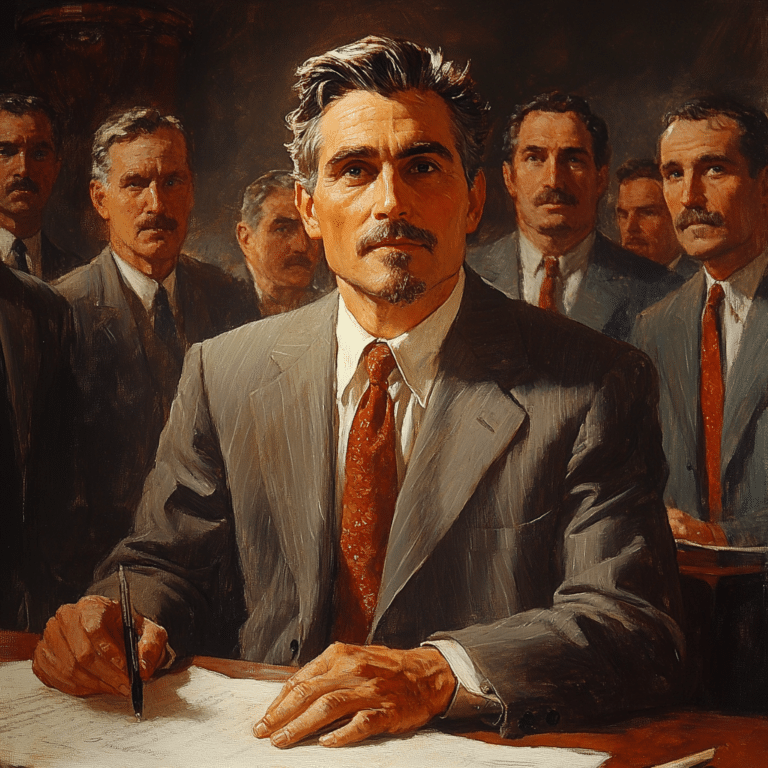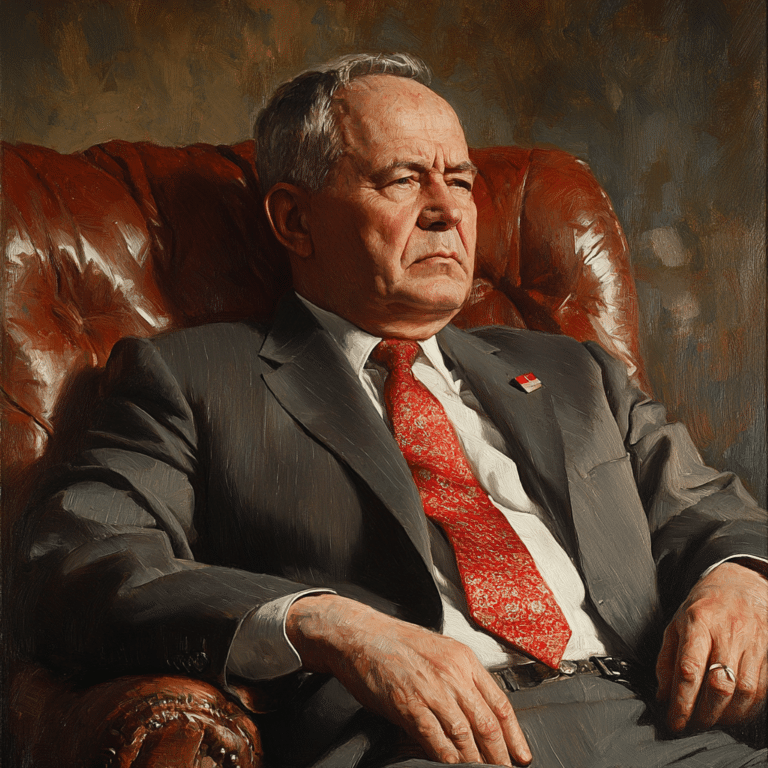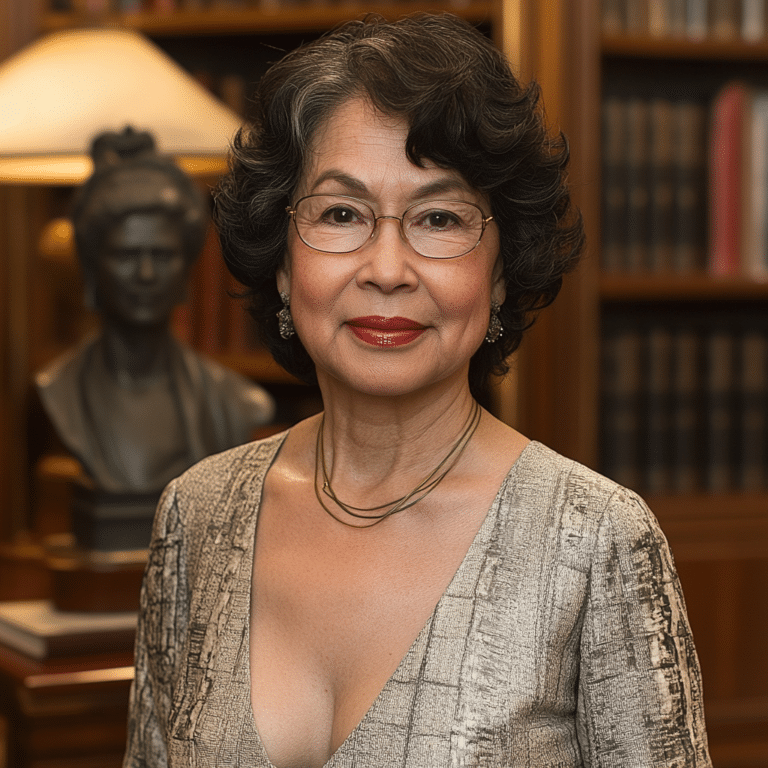My Body My Choice: A Historical Perspective
The iconic phrase “my body my choice” has been a steadfast slogan for women advocating for their reproductive rights. The movement’s roots extend back to historic milestones, such as the landmark Roe v. Wade decision in 1973, which legalized abortion in the United States. This ruling was a significant victory and marked a turning point in women’s rights. However, the seeds of this struggle were sown earlier during the feminist resurgence of the 1960s and 70s. Women demanded control over their bodies, challenging societal norms and legal frameworks that restricted their autonomy. These efforts led to profound legal and societal shifts, solidifying the notion that choices about one’s body are integral to human rights.
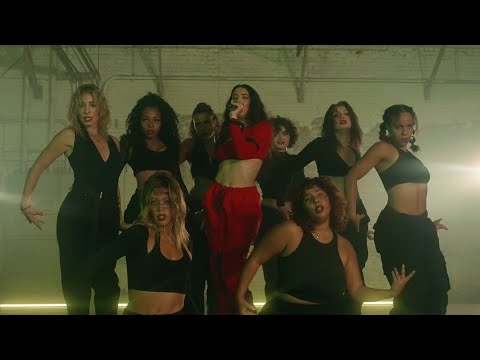
My Body My Choice: Contemporary Legal Battles
The fight for reproductive rights is far from over and has seen dramatic shifts in recent years. The 2022 Dobbs v. Jackson Women’s Health Organization ruling overturned Roe v. Wade, triggering a tumultuous era of renewed activism. States like California and New York have become sanctuaries for women seeking abortions, vehemently defending women’s rights. In stark contrast, states such as Texas and Alabama have implemented stringent anti-abortion laws, igniting debates and legal battles across the nation. The current landscape highlights a poignant reality: the fight for bodily autonomy is an ongoing struggle, continually being redefined and contested.

| Aspect of ‘My Body My Choice’ | Description |
|---|---|
| Concept | The principle that individuals have the right to make autonomous decisions regarding their own bodies and reproductive functions. |
| Core Rights Involved | – Equality – Privacy – Bodily Integrity |
| Bodily Autonomy Definition | The right to make decisions about one’s own body, life, and future without coercion or violence. |
| Key Decisions Included | – Whether or not to have sex – Whether or not to use contraception – Whether or not to go to the doctor |
| Fundamental Human Right | Bodily autonomy is widely recognized as a fundamental human right. |
| Violations of Bodily Autonomy | – Lack of choice leading to unplanned pregnancy – Child marriage – Female genital mutilation – Denial of the right to live free from violence and harm, including online abuse |
| Reproductive Rights | A woman’s right to decide whether or not to bear a child, including choices about contraception and pregnancy termination, is protected from government interference by the U.S. Constitution. |
| Consequences of Violations | Violations can result in significant physical, emotional, and socio-economic harm. |
| Examples of Violations | – Coerced or forced pregnancy termination – Restrictions on access to reproductive healthcare |
| Legal Protections | Various legal protections exist, particularly in democratic countries, to prevent government overreach and protect individual autonomy. |
| Related Practices | – Advocacy for reproductive rights – Legal challenges to laws that restrict bodily autonomy |
| Global Perspective | Bodily autonomy violations are global issues, affecting diverse cultures and societies, with the most severe impacts often occurring in regions with restrictive laws and cultural norms. |
My Body My Choice: Influential Voices
Several prominent figures have emerged as staunch advocates for the “my body my choice” movement. Celebrities like Michelle Williams and Emma Watson have leveraged their platforms to vocalize support for reproductive rights, bringing the issue to a broader audience. Political leaders such as Rep. Alexandria Ocasio-Cortez (D-NY) and Sen. Elizabeth Warren (D-MA) have championed federal protections, emphasizing the government’s role in safeguarding these rights. These influential voices play a crucial role, as they galvanize public opinion and bring global attention to the cause.
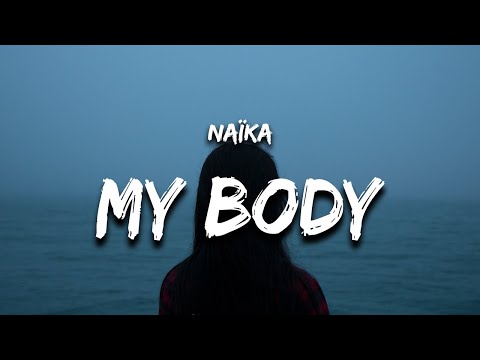
My Body My Choice: Intersectionality in Reproductive Rights
Understanding the “my body my choice” movement necessitates an acknowledgment of its intersectional dimensions. Women of color, LGBTQ+ individuals, and those from lower-income backgrounds face compounded barriers to accessing reproductive services. Organizations such as Planned Parenthood and the ACLU focus on these intersecting identities in their advocacy efforts. They stress that the fight for reproductive rights is not one-size-fits-all; it must include encompassing protections for all women, irrespective of race, socioeconomic status, or sexual orientation.
We often see bodily autonomy violations through instances such as unplanned pregnancies, child marriage, and female genital mutilation. These egregious practices strip individuals of their basic human rights, highlighting a dire need for comprehensive protections and informed policy reforms.

My Body My Choice: Global Perspectives
Reproductive rights resonate worldwide, echoed by the “my body my choice” mantra in different contexts. In Poland, a near-total abortion ban in 2020 sparked massive protests, garnering international condemnation. On a more positive note, countries like Argentina have made significant strides with the legalization of abortion in 2021, symbolizing a shift toward reproductive autonomy. These global examples underscore a universal truth: the struggle for bodily autonomy knows no borders.

My Body My Choice: Technological and Medical Advances
Medical technology advancements and telehealth have revolutionized access to reproductive healthcare. Services like Aid Access provide telemedicine consultations and mail-order abortion pills, bypassing restrictive local laws. This integration of technology represents a new frontier for the “my body my choice” movement, making safe and legal abortions more accessible than ever before.
Access to these services is essential, especially in areas with restrictive laws. For instance, a simple California finance lender license search could provide insights into local services that facilitate medical procedures. States with supportive laws continue to implement innovative solutions to keep reproductive healthcare accessible.
My Body My Choice: Policy Reforms and Advocacy Strategies
Effective advocacy for reproductive rights requires a nuanced approach that combines grassroots organizing with high-level policy reforms. Organizations such as NARAL Pro-Choice America lead campaigns to protect these rights at state and federal levels. Concurrently, grassroots movements like #ShoutYourAbortion break cultural taboos, encouraging women to share their stories and normalize conversations around abortion.
Strategic communication and public engagement are essential. Influential platforms and figures, from Mike Ryan ruiz to dedicated activists, amplify the movement’s messages, ensuring widespread dissemination and support.
Innovation in Reproductive Rights Advocacy
The future of the “my body my choice” movement lies in its ability to adapt and innovate. Harnessing social media for widespread mobilization, employing AI to predict and counter legislative threats, and integrating blockchain technology for secure healthcare records can transform this ongoing struggle. By incorporating these cutting-edge methods, the movement can safeguard women’s fundamental rights more efficiently.
The “my body my choice” movement is complex, deeply rooted in history, and continually evolving. By blending historical awareness, contemporary activism, and futuristic innovation, it strives to ensure every woman can exercise autonomy over her body. In the face of evolving challenges, this movement’s commitment to progress remains unwavering.
Navigating through the intricacies of reproductive rights requires steadfast dedication and relentless innovation. Ultimately, it is the resilience and determination of activists, advocates, and everyday women that propel this movement forward, ensuring that bodily autonomy remains a fundamental human right for all.
Ready for more insights and detailed reporting? Stay updated with our in-depth coverage, such as army navy score and more.
My Body My Choice: Women’s Fundamental Rights
Historical Context and Cultural Relevance
The slogan “my body my choice” has a rich history rooted in the fight for women’s rights. Originating in the women’s liberation movement of the 1960s and 70s, it quickly became a rallying cry for bodily autonomy and reproductive rights. Intriguingly, the debate around this topic has intersected with various facets of culture and law, much like how the black patrol groups emerged to address civil rights issues in communities historically affected by systemic racism.
Legal Milestones and Contemporary Perspectives
Over the decades, numerous legal milestones have shaped the landscape of bodily autonomy. For instance, the landmark Roe v. Wade decision in 1973 was pivotal in securing reproductive rights. However, the battle for “my body my choice” doesn’t stop there. Interestingly, some of the legal ramifications can be as unexpected as finding unclaimed money in Maryland—a( surprising but valuable discovery for those affected.
Fascinating Facts and Cultural Impact
Isn’t it fascinating how movements like “my body my choice” often go hand in hand with cultural shifts? For example, much like the unexpected outcomes of archery competitions under Nasp archery, the women’s rights movement has navigated numerous hurdles and continues to evolve. In another interesting twist, did you know that the average understanding of public sentiment towards this issue can be as varied as What Is an average in statistical terms? Such intricacies highlight the diverse opinions that continue to shape the debate.
Contemporary Challenges and Future Directions
Despite the progress made, new challenges arise. Much like how we feel the sudden loss of community figures (remember when a beloved news anchor Dies?), setbacks in women’s rights can have a profound emotional and societal impact. As the “my body my choice” movement progresses, it remains crucial to stay informed and engaged, understanding the broader implications each legal and cultural shift brings.
The power of “my body my choice” lies in its universal appeal and the deeply personal nature of bodily autonomy. Let’s continue supporting this fundamental right and advocating for the necessary changes to make it a reality for all.

What is the women’s right to their own body?
Women have the right to make decisions about their own bodies, including their reproductive functions, without interference, ensuring equality, privacy, and bodily integrity.
What is the right to make decisions about your own body?
Everyone has the right to make decisions about their own body, life, and future without facing coercion or violence. This includes choosing whether to have sex, use contraception, and seek medical care.
What is a woman’s lack of bodily autonomy?
A woman’s lack of bodily autonomy occurs when she’s forced into decisions like unplanned pregnancies or harmful practices such as child marriage and female genital mutilation.
What is women’s right to choose?
The right to choose allows a woman to make intimate decisions about matters like pregnancy, contraception, and child-rearing, free from government interference, which is protected by the U.S. Constitution.
What is the right of a woman to her own body?
The right of a woman to her own body means she can make autonomous decisions about her health, sexuality, and reproductive choices without external control or coercion.
What is the right to control your own body?
Controlling your own body involves making personal choices about health, contraception, sexual activity, and medical treatments without being forced or pressured by others.
What is the right to own your body?
The right to own your body is about having complete control over what happens to it, ensuring that your decisions are respected and free from external pressures.
What is the right to decide over your own body?
Deciding over your own body means you have the autonomy to choose your health and reproductive outcomes, like managing pregnancy, without outside interference or coercion.
What are the human rights about your body?
Human rights about your body include the freedom to make personal and autonomous decisions regarding health, reproduction, and bodily integrity, free from violence and coercion.
What are the symptoms of lack of autonomy?
Symptoms of lack of autonomy might include feeling forced into decisions, experiencing unplanned pregnancies, undergoing harmful practices, or being denied the right to live free from violence.
What is a woman’s right to autonomous choice?
A woman’s right to autonomous choice means she can independently decide on matters like her sexual and reproductive health without external pressures or interventions.
What does the 14th Amendment say about bodily autonomy?
The 14th Amendment has been interpreted to protect individual liberties, including a woman’s right to privacy and bodily autonomy, safeguarding her decisions against government intervention.
What is a woman’s right to her body?
A woman’s right to her body means she can make personal choices about her health, sexuality, and reproductive life without coercion or interference from others.
What are the top 5 women’s rights?
Top women’s rights include the right to equality, education, reproductive health, freedom from violence, and economic and political participation.
What are four women’s rights?
Four essential women’s rights are access to education, reproductive health rights, protection from violence, and political representation.
What is the right to own your body?
Owning your body means you have the ultimate say over all decisions regarding your health, reproduction, and bodily integrity, protecting your choices from external control.
Is the right to your own body in the Constitution?
While the Constitution doesn’t explicitly state the right to your own body, interpretations of amendments like the 14th provide protections for personal privacy and bodily autonomy.
Is the right to your own body a human right?
Yes, the right to your own body is a fundamental human right recognized globally, ensuring individuals can make personal decisions free from coercion and violence.
What are my rights as a woman?
As a woman, you have rights to equality, reproductive health, freedom from violence, education, and political and economic participation, ensuring your bodily integrity and personal autonomy.


